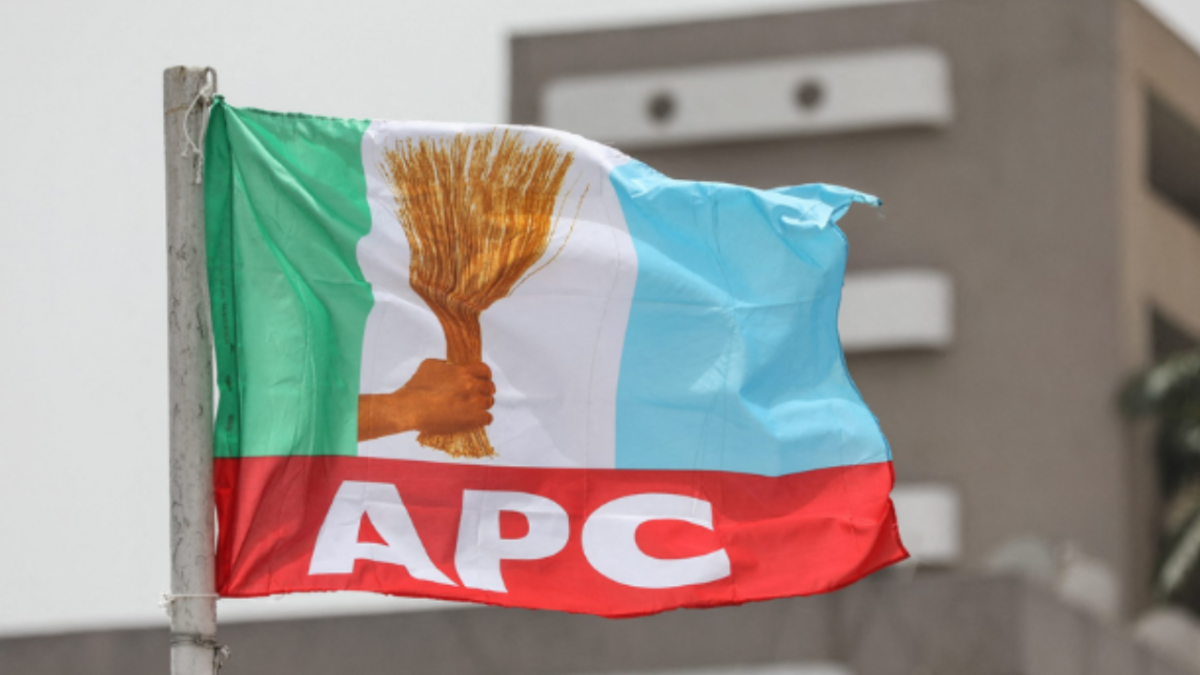Nigeria’s chronic power shortages: Mini grids haven’t solved the problem—here’s why
Electricity is a scarce commodity in Nigeria. With just over 4,000 megawatts supplying nearly 220 million people, the electricity access deficit stands at about 40% nationwide. The picture looks even darker in rural areas. There, 73% of the population is off the power grid.
Rural electrification is crucial to achieve Sustainable Development Goal 7: “access to affordable, reliable, sustainable and modern energy for all.”
Enter mini grids: community-scale electricity generation and distribution systems, typically under 100 kilowatts in size. Mini grids have emerged in the last decade as a cost-effective solution for many rural parts of Africa. According to one estimate, the cost of producing mini-grid electricity in Africa could fall from 60 US cents per kilowatt-hour to just 22 cents by 2030, compared with an average of 53 cents for alternatives like diesel generators.
So-called third-generation mini grids are powered wholly or partly by renewable energy sources. They are especially attractive because they can help to simultaneously decentralize and decarbonize national energy systems.
The current wave of mini-grid development in Nigeria began with the introduction of dedicated development financing and government regulation in 2017. By the end of 2023, about 100 mini grids had been installed across the country. The projects were mostly implemented by local “developer” companies, some of whom have been able to defray their capital expenses with government and donor grants.
Our team of development economists, geographers and sociologists studied how mini grids fit into the picture of electricity access expansion in Nigeria.
We found that mini grids do have a role to play in increasing overall electricity supply, but regulation and financing need to pay greater attention to how that supply is distributed. Our findings align with growing concerns that the opportunities presented by mini grids come with challenges: balancing market efficiency with equity of access. These need attention if mini grids are going to provide more electricity to those without access now.
Mini-grid development
Our research traced mini-grid development in the country in the last decade. A regulatory framework for the sector was introduced and codified in the Regulation for Mini-grids 2016. It sought to make the sector less risky for investors and hence attract private finance for rural electrification.
Our research identified some problems with the government’s approach. The mini grids that have been put in place don’t reach the people who most need access to electricity. And although this market-driven approach has led to a 40% increase in mini-grid electricity supply since 2017, most people can’t afford the high tariffs. These are the same people who ought to benefit the most from mini grids.
Market efficiency must be balanced with accessibility.
Market approach
The government and donors have made concerted efforts to solve the policy and financial challenges associated with mini grid technology. The 2016 regulations were part of this effort.
Developed with World Bank help, the regulations set out clear parameters intended to make prospective investors comfortable participating in the sector. The World Bank, in collaboration with other development partners, granted a US$350 million loan to the Nigerian government to support this initiative.
The regulation and seed financing were expected to reduce risks in the sector to attract more private capital until an efficient market mechanism was established. But this has not happened.
The provisions were made with the aim of directing investment towards “unserved” rural areas. This made mini grids a cornerstone of the country’s rural electrification strategy.
Our research, however, reveals that the government expectations ignored important realities. The majority of rural people are farmers. The low agricultural productivity in rural areas means incomes are low.
While the regulation and the associated financing spurred growth in the sector, the broader regulatory environment—from the original act that guided the privatization of electricity in the 2000s to the 2023 Electricity Act—has not paid sufficient attention to distribution at the so-called last mile. Last mile is the journey from distribution grids to homes.
Following the government’s adoption of the Electricity Act, the Rural Electrification Agency has been ramping up agreements with private investors and legacy distribution companies to increase overall supply. They are being encouraged to feed electricity generated from mini grids into the national grid. The mini grids go from being “isolated” to “interconnected” schemes.
The picture is not so promising from an equity perspective.
These additional megawatts are generally directed at “underserved” areas: communities that are already on the national grid but which suffer from weak supply. The rural populations targeted by the previous wave of investments in isolated mini grids are likely to end up benefiting little from the new scheme.
More importantly, the shift in strategy doesn’t resolve the problem of affordability in rural areas, which became glaring under the isolated supply model. The core issue remains: extending electricity access to those who did not have it before.
In our interviews with representatives from the industry, they said they had no interest in serving rural areas because there was no money to be made there. This indicates that the government’s insistence on a market-driven model for delivering electricity to rural areas is not likely to serve the poor.
What next?
Mini grids are not a simple fix for Nigeria’s ailing electricity sector. A sustainable solution must be more responsive to the need to include the poorest in access expansion efforts.
There is a need to broaden the Regulation for Mini-grids 2016 and the Electricity Act 2023 to unlock substantial public spending for rural electrification. This has historically been central to the achievement of universal access goals.
Additionally, attention needs to be paid to redistributing some of the gains realized from more profitable segments of the electricity market to the last mile through inclusive mechanisms such as cross-subsidies. Only then can the goal of leaving no one behind in the much-awaited energy transition be achieved.

